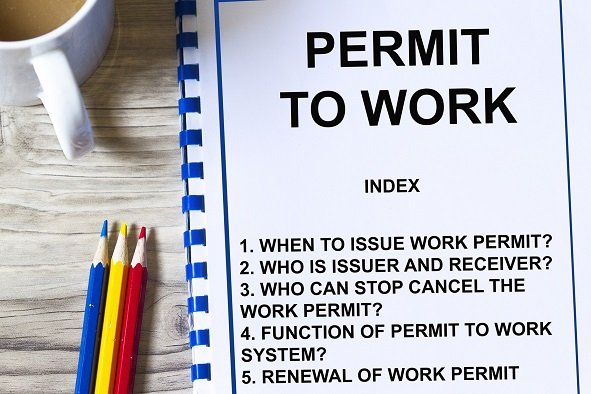Isolation and Energy Control – 12 Modules | One Day USD: 150/- and Two Day USD: 250/- Per Pax.
Description
Module 1: Introduction to Isolation and Energy Control
- Purpose and importance of energy isolation
- Common sources of hazardous energy
- Overview of OSHA 29 CFR 1910.147 and ISO 14118 standards
Module 2: Understanding Hazardous Energy Sources
- Electrical, mechanical, hydraulic, pneumatic, thermal, and chemical energy
- Gravity and potential energy hazards
- Identifying stored and residual energy
Module 3: Legal and Organizational Requirements
- Employer and employee responsibilities
- Regulatory compliance and enforcement
- Importance of documented procedures and audits
Module 4: Energy Control Programs (ECP)
- Key elements of an effective ECP
- Planning and risk assessment for isolation tasks
- Integration with the Permit to Work (PTW) system
Module 5: Isolation Methods and Techniques
- Physical disconnection (valves, breakers, blinds)
- Double block and bleed systems
- Use of isolation devices and barriers
Module 6: Lockout / Tagout (LOTO) Procedures
- Step-by-step LOTO process
- Types of locks, tags, and devices
- Verification of zero-energy state before maintenance
Module 7: Verification and Testing of Isolation
- Proving isolation effectiveness
- Testing methods for electrical and mechanical systems
- Managing stored energy safely
Module 8: Group and Complex Isolation
- Procedures for multi-energy and multi-department operations
- Use of group lockboxes
- Coordination and communication during joint operations
Module 9: Temporary and Partial Isolation
- Safe handling of partial isolation during testing or adjustment
- Control of temporary connections or bypasses
- Reinstatement of systems after testing
Module 10: Roles and Responsibilities
- Authorized and affected employees
- Isolation coordinators, supervisors, and permit issuers
- Contractor management in isolation tasks
Module 11: Incident Prevention and Emergency Response
- Common isolation failures and case studies
- Immediate actions in case of energy release or near-miss
- Investigation and corrective actions
Module 12: Training, Auditing, and Continuous Improvement
- Competency requirements for isolation personnel
- Periodic audits of isolation procedures
- Promoting a strong energy control safety culture
View more Courses
Hi, Welcome back!




